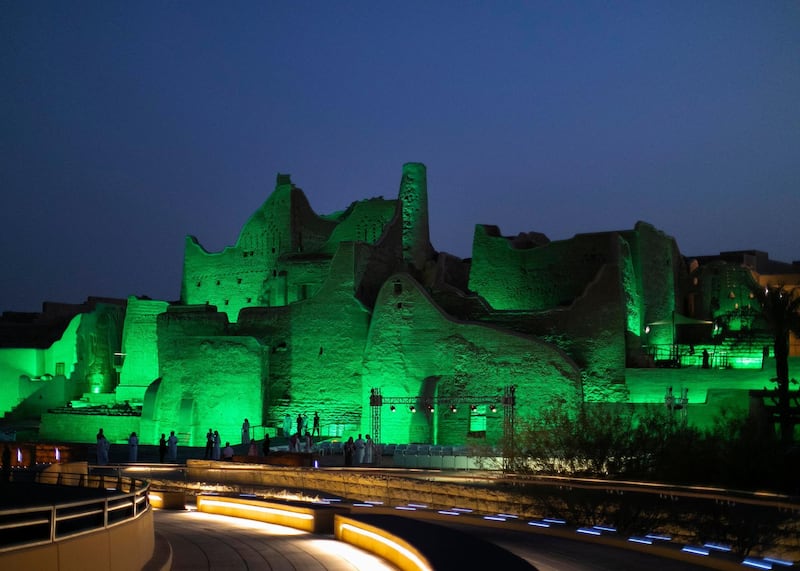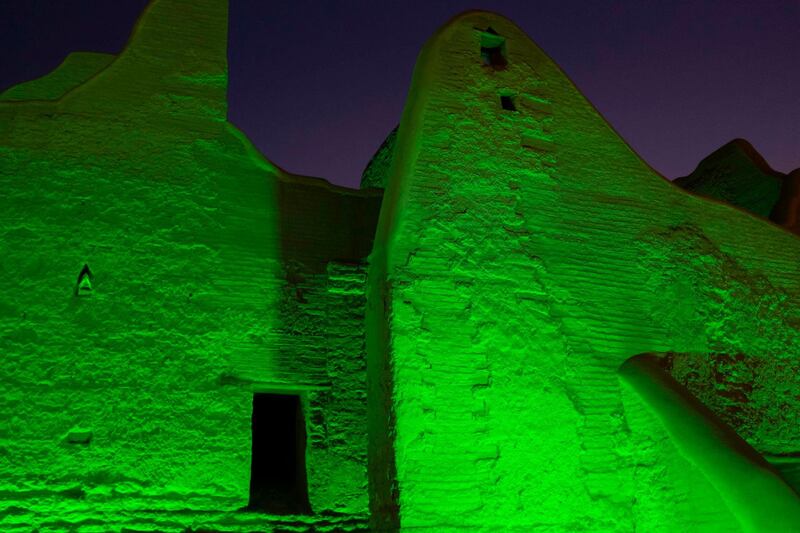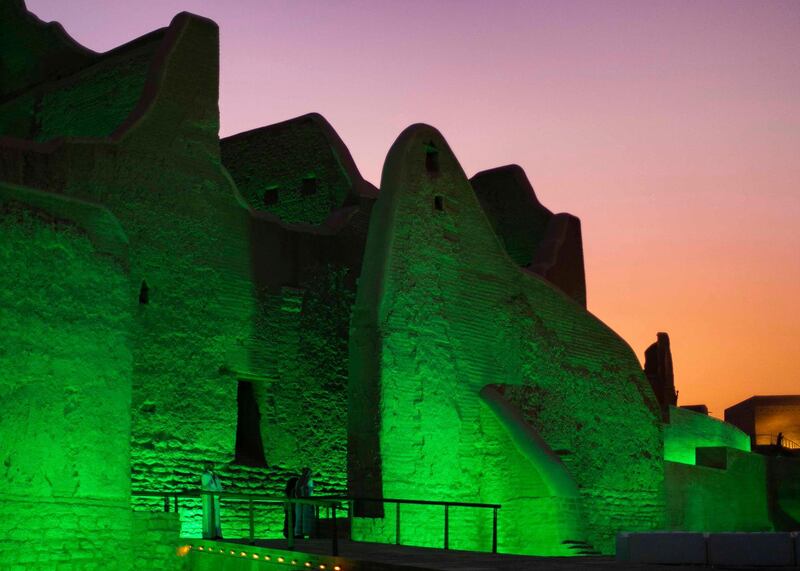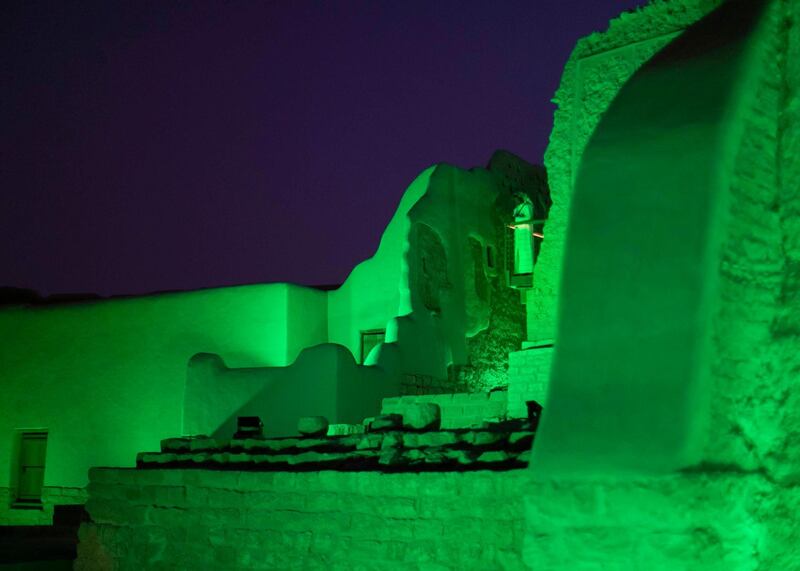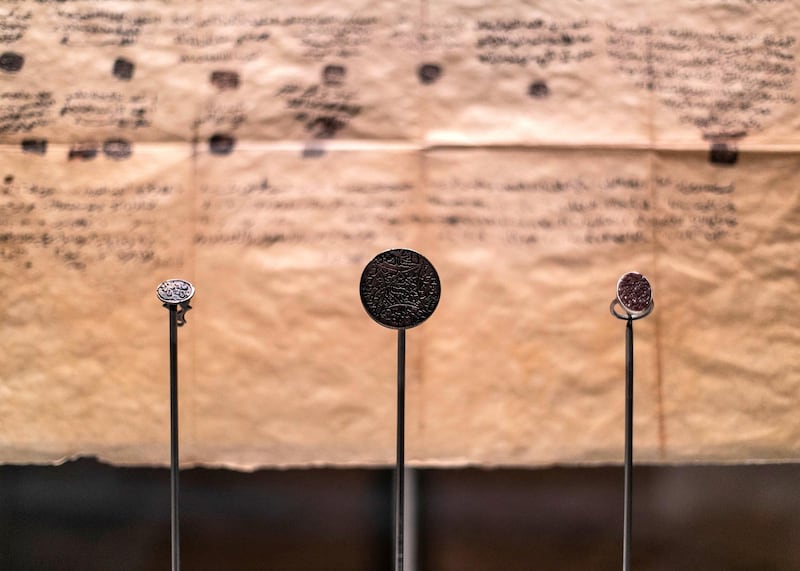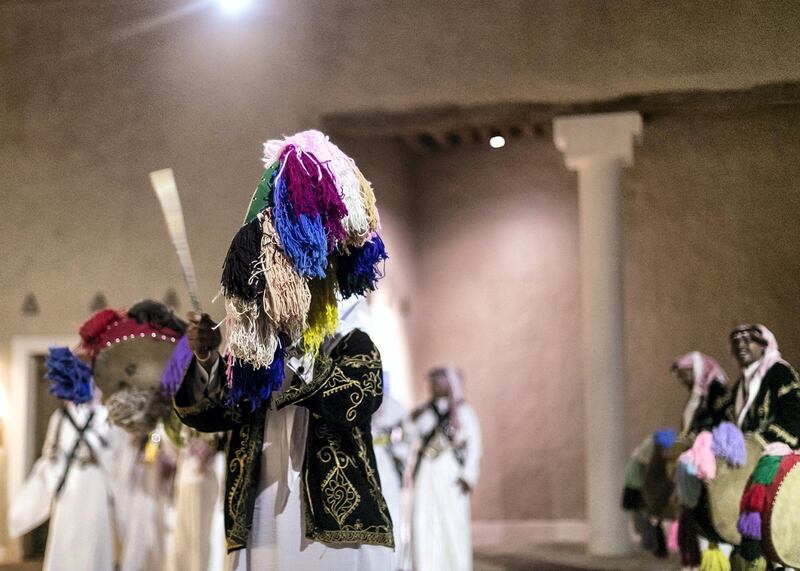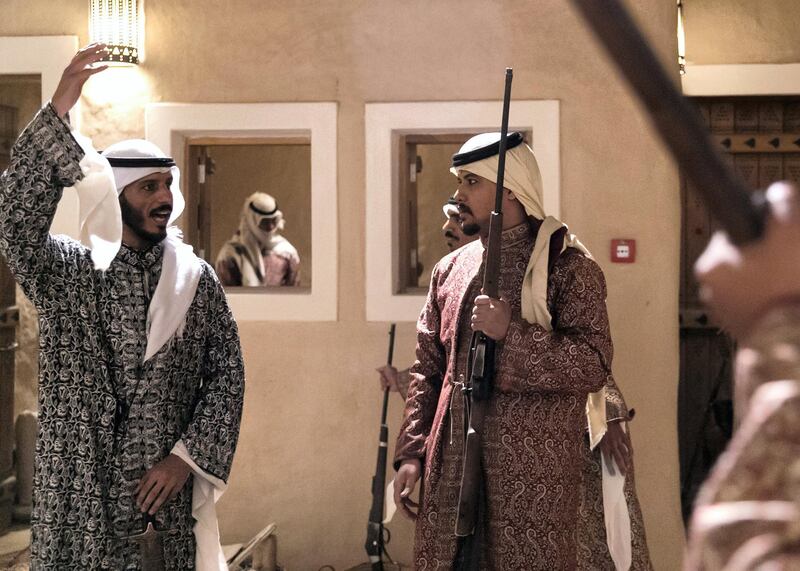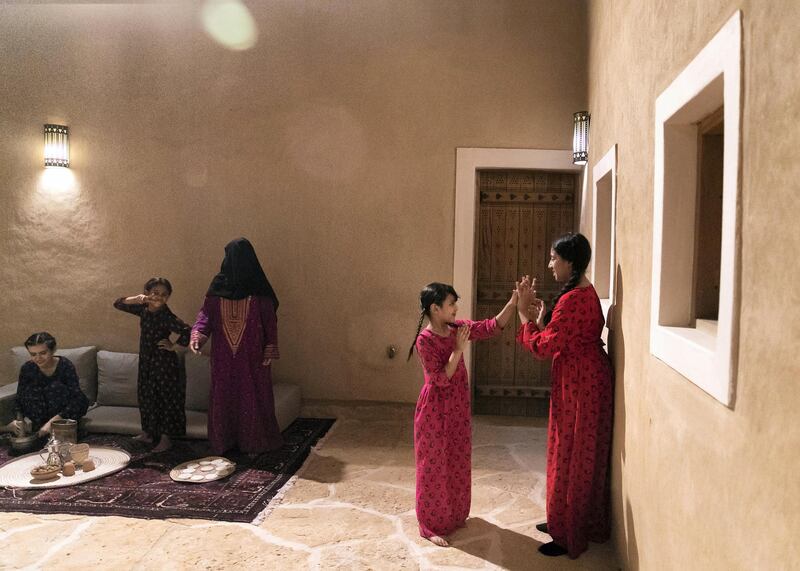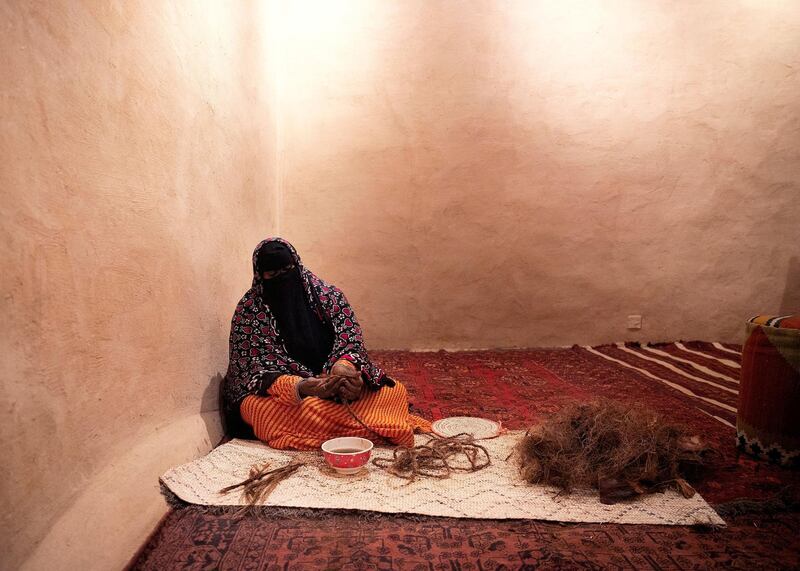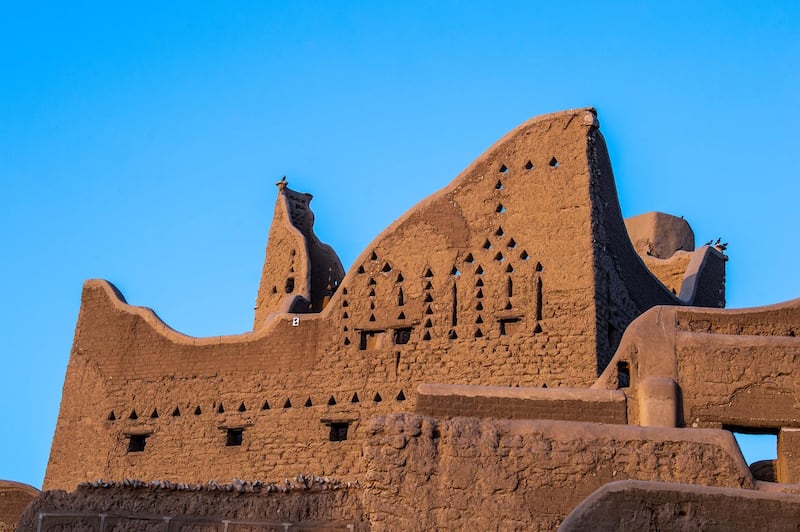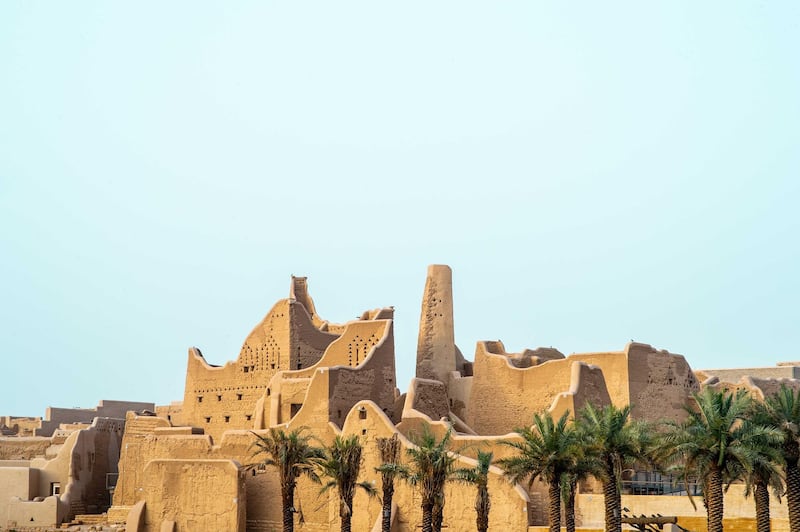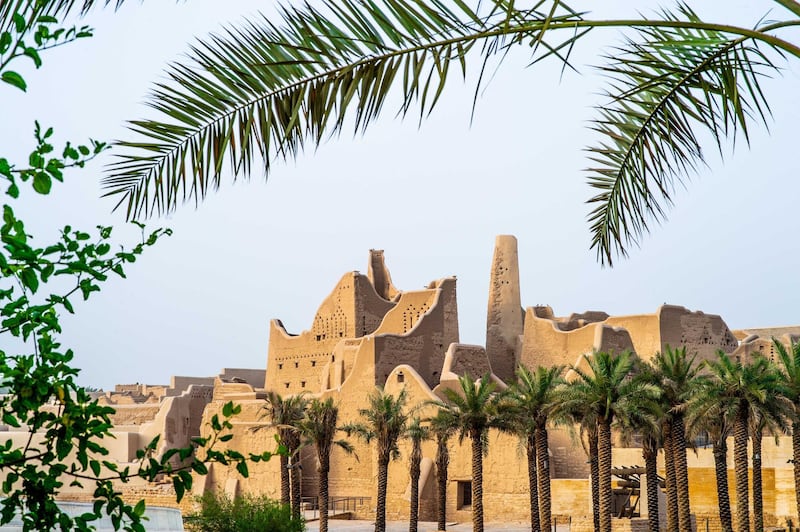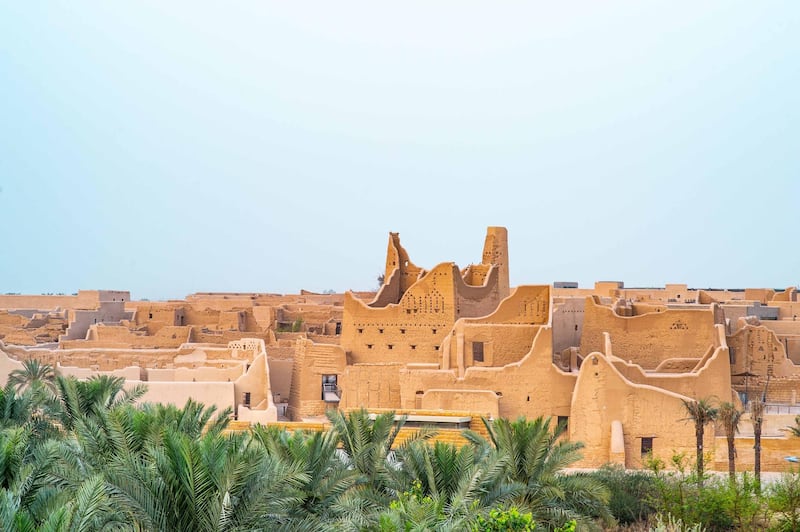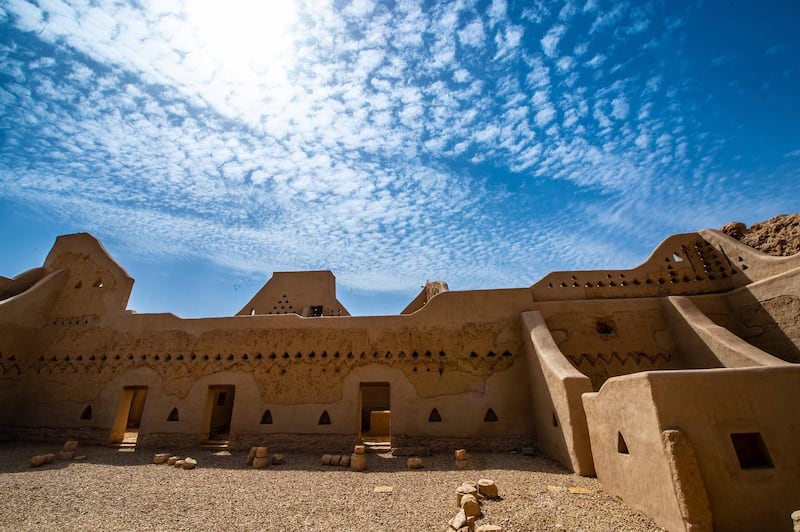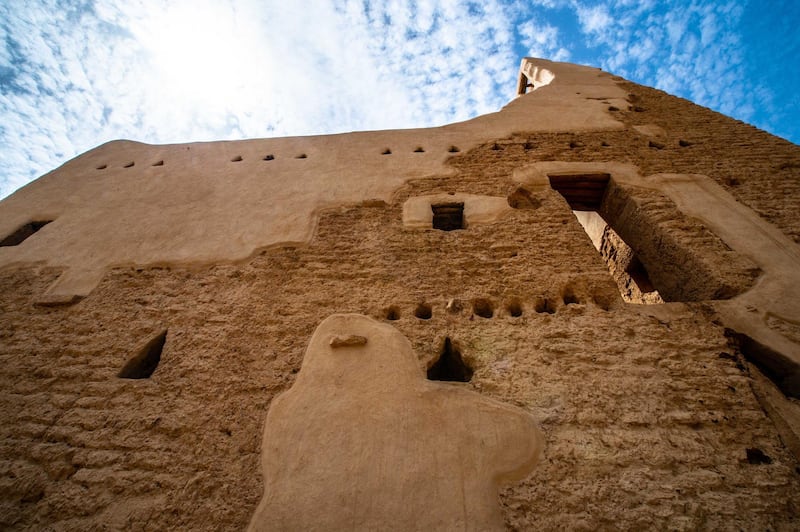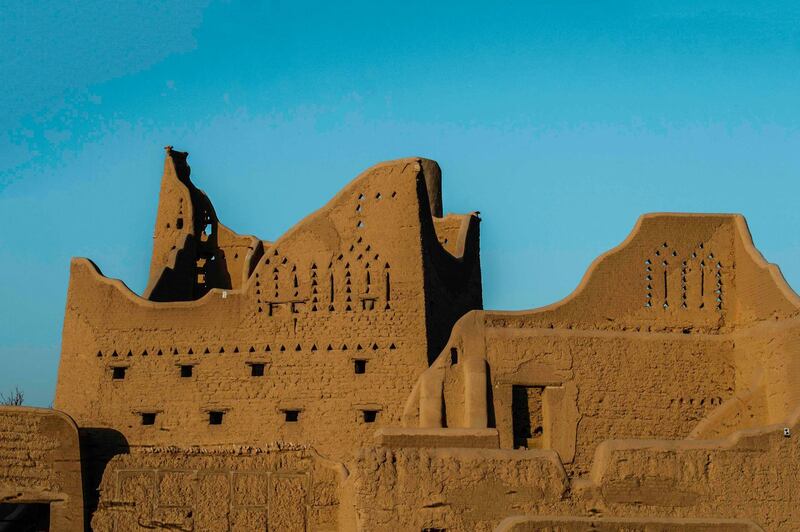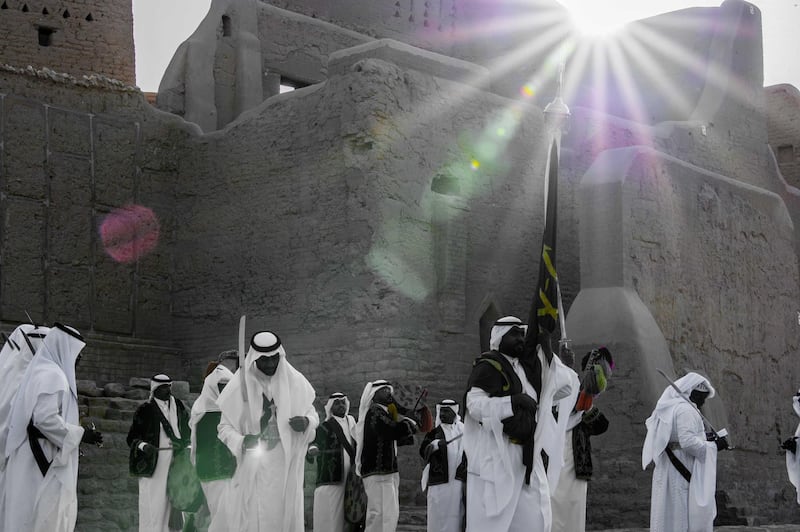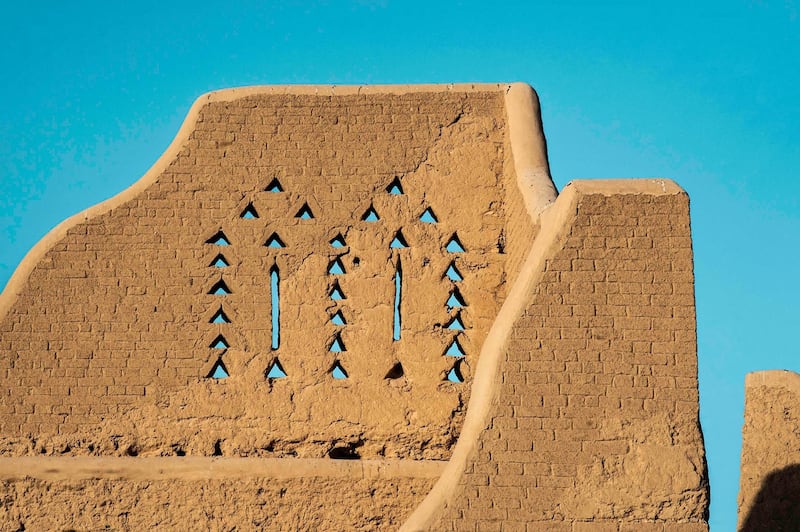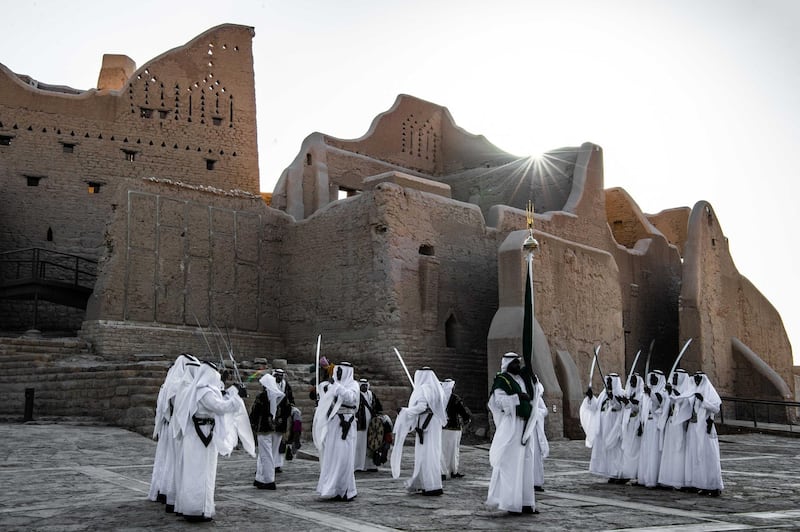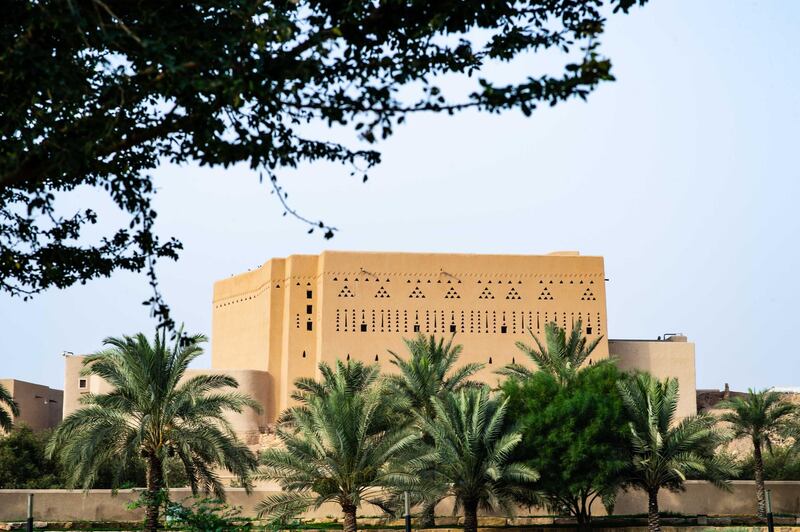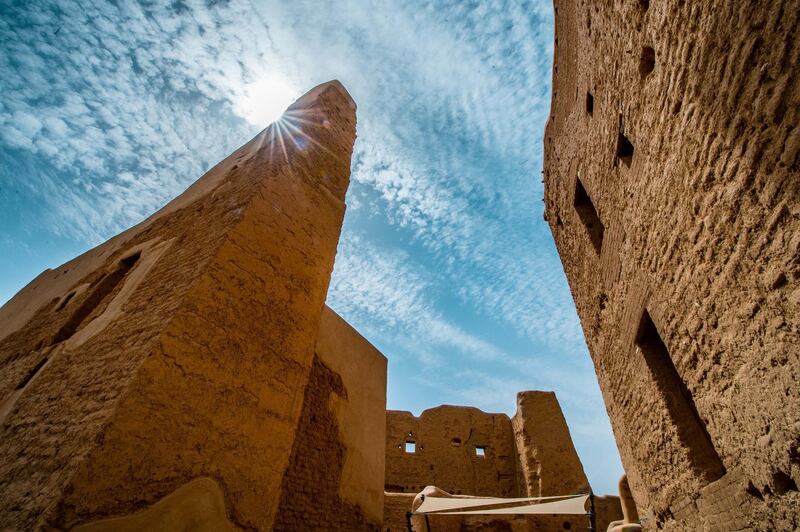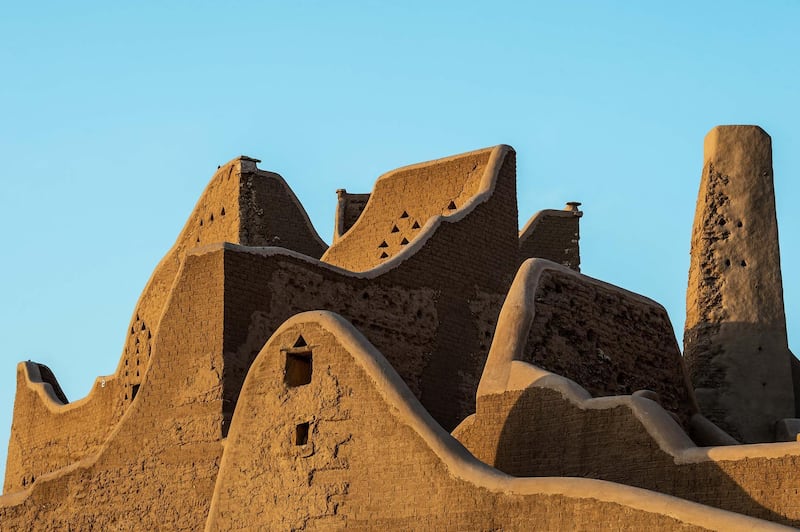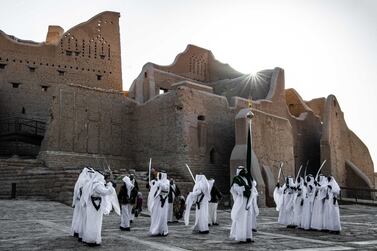The noise around Saudi Arabia's first giga project may not be as loud as say, that of Neom or of the Red Sea Project, but there's a quiet dignity to the way Ad Diriyah is positioning itself in the middle of it all.
At the crux of the kingdom's big tourism push, these five giga projects are expected to provide enough impetus for millions of tourists to pay 440 riyals (Dh430) to be among the first to explore the mysterious country.
Ad Diriyah – on the outskirts of Riyadh and the site of the first Saudi state – might be its most cultural offering. Sure, from an outsider’s perspective, it’s still going to be full of the glitzy resorts and high-class restaurant brands of many of the billion-dollar developments Saudi Arabia is currently pushing, but at its core is its heritage “jewel”. Or, if you’re Jerry Inzerillo, you might consider it the “pearl within the onion”.
Inzerillo is the chief executive of the Ad Diriyah Gate Development Authority, which is overseeing the development of the site.
“Diriyah is what the Acropolis is to Athens, what the Colosseum is to Rome; that’s what Diriyah is to the Saudi peninsula and to the Arabian Peninsula," he says. And he truly believes it.
What is Ad Diriyah?
The history of Ad Diriyah goes back thousands of years. It was once an ancient trade and pilgrimage route and a meeting point for those travelling to or from Asia, Africa or Europe.
While initially being a small oasis on the banks of Wadi Hanifa, Ad Diriyah then became the birthplace of the Saudi states, and quickly grew to become a thriving economic, political and military hub. In the 18th century, Ad Diriyah then became the birthplace of the modern Saudi kingdom. At its core is the Unesco-listed site of At-Turaif.
What is At-Turaif?
This is the original seat of power of Saudi Arabia’s Al Saud family, and is the historic centre of Ad Diriyah.
Characterised by now half-destroyed mud-brick houses and labyrinthine alleyways, the ruins are expected to be Riyadh’s most important tourist draw.
At-Turaif was founded in the 15th century, with much influence owed to the Najdi architectural style of Arabia. In the mid-18th century, the sprawling city spawned the dynasty of Al Saud, who had lived in Ad Diriyah since the 15th century. The site has not been open to the public since it gained its Unesco designation in 2010, but held something of a soft opening earlier this year.
The redevelopment now allows people to walk through the ruins of At-Turaif, and the myriad museums and other spaces found inside. The highlights of a visit are undoubtedly the performance spaces, where you can take in a traditional Saudi dance. The "nozul" area will offer a recreation of a traditional Saudi street with its many shops and buildings – complete with actors and re-enactments. There will also be a spectacular light show, which will take you through the history of the area.
What hotels and amenities will come to Ad Diriyah?
The day the Saudi tourism visas were launched, Inzerillo was also signing an agreement with the chief executive of Aman Resorts, which will be building hotels at Ad Diriyah, Inzerillo says. There are “20 other major luxury hotel brands” that will contribute to about 30 hotels for the new development, he says.
Aside from the tourist infrastructure, Inzerillo says there is much more to come. “Concentrically around [At-Turaif] you’ll have 30 new hotels; you’ll have eight new museums; you’ll have the largest Islamic museum in the world – the House of Al Saud – and you’ll have world-class restaurants. There will be amenities and programming that will allow people to gather."
What else will happen at Ad Diriyah?
If you're into green cars going really fast, you might already be aware of the E-Prix, which was held for the first time in December last year. It was held on the streets around Ad Diriyah and presented something of a stark contrast to the memories of a quiet oasis frequented by nomadic tribes that the cultural programme is trying to evoke.
The race will return to Riyadh for a long time to come, as organisers have signed a 10-year contract with the world’s top electric-car race series. The first E-Prix event was a milestone for the kingdom in more ways than one; it was the first time Saudi Arabia granted tourist visas for non-religious purposes. Riyadh and At-Turaif were flooded with international visitors.
Will there be tickets for At-Turaif?
Yes, but the prices have not been confirmed yet. However, Inzerillo says there will be online ticketing as well as kiosk ticketing.
When will it open?
The site is open for certain cultural events, and had a soft opening in January this year. It’s scheduled to open to the public in January 2020.
When will the first hotels be ready at Ad Diriyah?
Inzerillo estimates the first hotels will open in late 2021, with several welcoming guests in quick succession.
How many tourists do they expect at Ad Diriyah?
For the whole of Ad Diriyah itself, Inzerillo is projecting that there will be 27 million visitors per year by 2030 – 20 million from Saudi Arabia and the rest from overseas. However, he intends to cap capacity at At-Turaif, because the site "will not be trampled on; it’s not an amusement park".
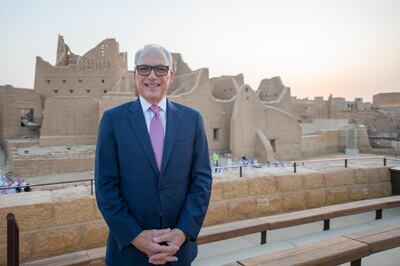
Who is Jerry Inzerillo?
Inzerillo has been in the tourism industry for 50 years, and says he’s dedicated his life to it.
In his decade-long role as president of Kerzner Entertainment Group, Inzerillo was given the job of raising the profile of the company’s key properties, including several hotels in Dubai. He launched several landmark hotels, including the One&Only Royal Mirage and the $1.5 billion Atlantis on Palm Jumeirah.
He's also served as president of IMG artists, chief operating officer of Sun City and chief executive of Forbes Travel Guide.
A chat with Inzerillo about the future of Ad Diriyah
“Tourists will come. People are surprised at how resolute my answer to this is. And people are not going to come in the millions – they’ll come in the tens of millions.”
Inzerillo is steadfast in his opinions about the future of not only Ad Diriyah, but Saudi Arabia as a whole. He can trace his involvement in the project back two decades to when he was working in Dubai on the One&Only Royal Mirage. He’d popped over to the kingdom with a Saudi friend and discovered the ancient site in a sorry state.
“I said, if this is where the Saudi state started, why is it in such poor condition, and why doesn’t anybody know about it?” he recalls.
“So, to my delight, while His Majesty [King Salman] was governor of Riyadh, because this was his father’s home, he authorised and lobbied for what would become the Unesco World Heritage Site.”
Inzerillo was appointed as the chief executive of the DGDA by Crown Prince Mohammed bin Salman in 2018.
“The Crown Prince said to me in one of our first meetings that one of the first things his father said to him as a young business executive was to surround yourself with passionate people because that’s a big part of success.”
Inzerillo then set about forming his 264-strong team. He’s incredibly proud of the people he has brought together, of which 31 per cent are women, 81 per cent are Saudi and 74 per cent have their master's degrees.
“They’re fired up, these young people. And they believe in their future and they believe in the kingdom.
“And with the giga projects all the CEOs believe very deeply in their projects and that’s very infectious to society.”
Inzerillo says Saudis were accepting of the pace of change in the country, and reforms were being implemented carefully. But with this comes the relaxation for rules for tourists, too. Perhaps that's why the dress code for tourists have been relaxed; it was confirmed yesterday that female travellers to Saudi Arabia would not have to wear an abaya.
“Will there be sensitivities here? Yes, but no more so than other countries. We just ask you to respect our sociological customs like when we come to yours.
“We would expect you to be respectful of our cultural sensitivities the same way you would if you went to Japan or Pakistan or India. We’re not going to demand you wear anything.”
So, Inzerillo is building it, but will they come? Unsurprisingly, he’s vehement people will arrive in their droves now that Saudi Arabia has opened its doors. After all, young people are now less interested in collecting material things and more interested with experiences, he says, and one thing that sets Saudi apart is “experiential authenticity”.
“There’s a tonne of noise out there at the moment, but the Crown Prince really wants people to come and experience the accommodating Saudi Arabian hospitality and he wants people to see how beautiful the country is.
“Come see for yourself where you can distinguish the noise from the reality.”
